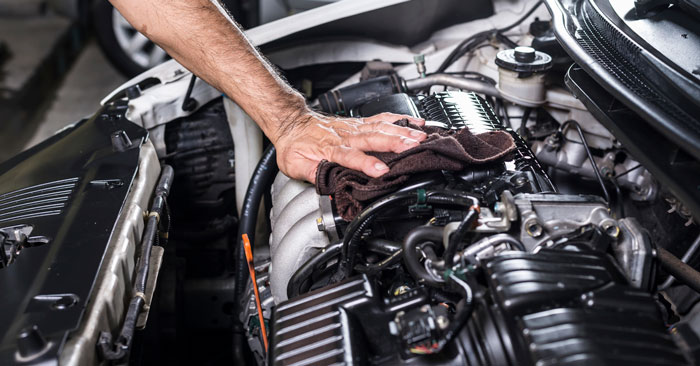
Running Rich? The Culprits Are…(Drum Roll, Please!)
If your engine is consistently running with a rich fuel mixture (too much gasoline), then the most likely causes include a leaky fuel injector, a faulty fuel pressure regulator, a restricted or clogged fuel return line, a filthy air filter, a (partially) clogged air intake system, a restricted exhaust system, or a oxygen sensor that shorted out.
